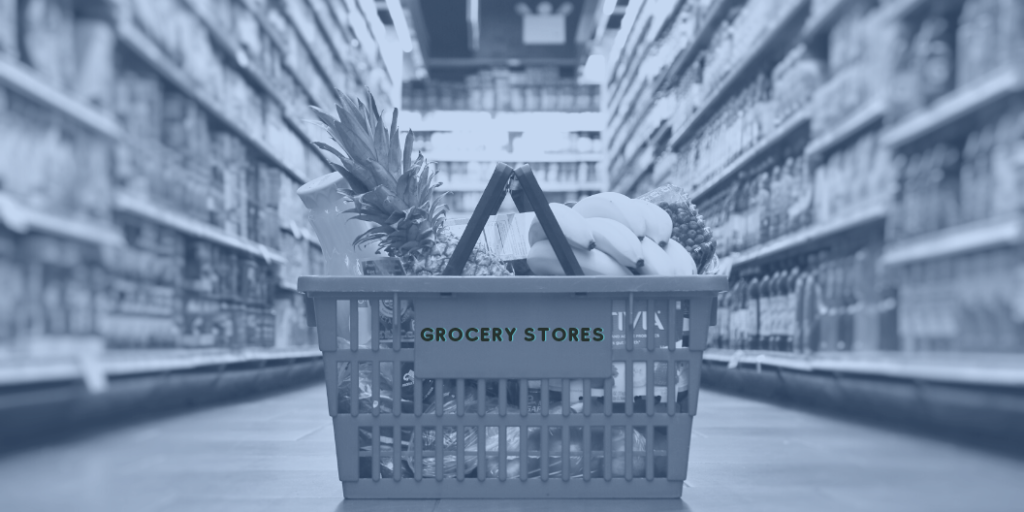Fortunately, technology has finally met the needs of physical store retailers. Electronic shelf labels (ESL) are being deployed at retail outlets in nearly every country on the globe. Designed to improve employee efficiency while improving the customer experience, these price tags can be easily changed from a single location. Also, ESLs are a gamechanger for pricing techniques.
Electronic shelf labels + Dynamic Pricing Platform = Next-Gen Pricing
Underutilizing ESL
Have you had a neighbor who refused to drive his sports car faster than 80 KMH? Or wondered why someone bought the latest iPhone model when all they really needed was a phone with a calculator on it? We shake our heads, because we know there is so much power contained in these cars, and their owners are just letting it all go to waste.
Investing in an ESL system without connecting it to a dynamic pricing engine means vastly underutilizing the potential of the system. Sure, your pricing is more efficient, and customers have a better shopping experience, but if you want to really see what your ESL can do, you need to integrate it with a dynamic pricing system.
Otherwise, you’re just letting profits slip through your fingers.
Introducing Next-Gen Pricing
Dynamic pricing looks at the market, the competition, and the environment when recommending a price. Say, for example, you have a grocery store where consumers buy chicken wings every Sunday before the game. Your dynamic pricing engine will use machine learning to determine the best strategy to maximize profits:
- Demand is high for wings, so increase price of wings
- Demand is high for wings, so decrease price of wings, but increase price on related items that most consumers purchase when buying wings (chips, beer, sauces)
Dynamic pricing doesn’t need ESL for that calculation, but without the ESL system in place there isn’t any easy way, short of manually changing prices, to act on that information.
The ESL enables dynamic pricing across all product lines in a retail store. Prices can change based on inventory changes, upcoming expiration dates, or the amount of people in the store at one time. It spurs sales, generating an average percentage jump in profits.
That’s what your ESL can do.








